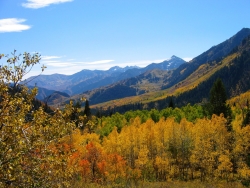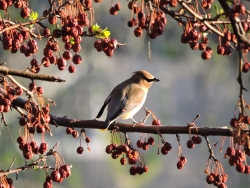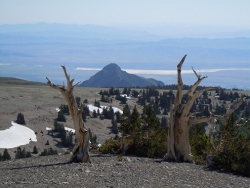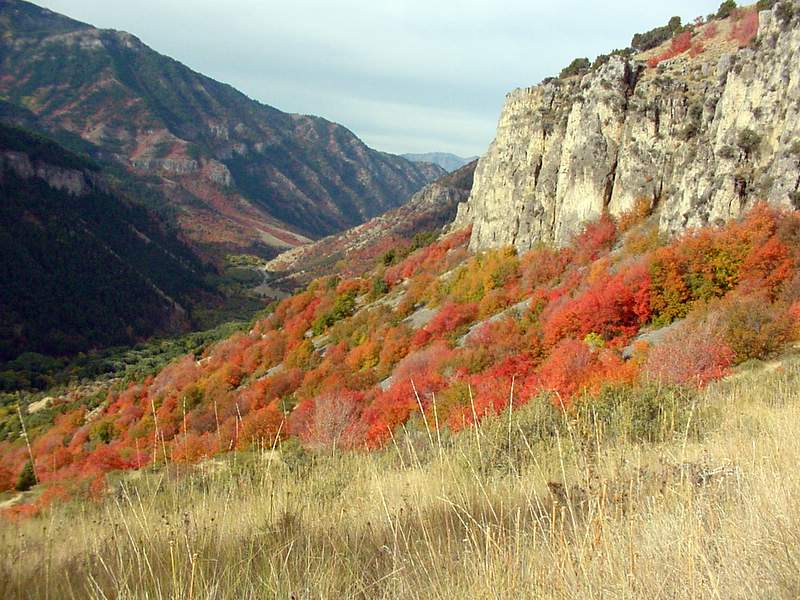
Courtesy Pixabay.com, HmsFree, Photographer
I think about this story often and dwell on its themes. The true master who is the truest student. The songbird who speaks truth without language. The wisdom elevated by listening to the world without ego.
This time of year, I try to take the lesson of the Zen master and listen to the autumn world around me, the softening sounds of my time on earth. I take pause and hear the breeze which rustles box elders scarlet and shivers aspens gold. The wind which blankets the land and grows it rosy before winter’s snowy slumber.
The birds’ notes, the bearers of great truths, have shifted from their summer selves, too. No longer do they sing for love, but instead call for companions as they find flocks to blunder between fermented crabapple trees with, and telegraph where the good black oil seed is for the benefit of all who husk germ.
I find solidarity with their industry, for I believe we all come from the same inner place. They, doing what is good and right, and I as well. I, too, likely like you, get a hankering, a reckoning to winterize, to preserve, to stock up like a tree’s fattening roots, swollen full with the liquor of next spring’s buds and blossoms. I do it through crisp cider, hot corn chowder, steamed cans, jammed jars, strong mulled toddies, and wool. These are my fruits and fat stores. These are my natural inclinations.
I take from the story of the Zen master, too, that we are all on the same team. Just as the master understood to defer a message of truth to the birds, we can all recognize the truth in what autumn fills us all with: that drive of readiness for spring by ways of winter. That our season of without only can be because of seasons of with, and that our seasons of bounty can only be through the rest with which we are pulled in winter.
So this autumn, I encourage you to listen like the Zen master to the world around you. When it whispers, “put on a sweater and sip hot drinks by the hearth,” do so. When it bellows, “can and jam all of the things for winter is coming and the taste of summer is that season’s delight,” do so as well.
And when the world says, “listen,” in beautiful birdsong, do so, and know that you sing, too, by being who you are to your core.
I’m Patrick Kelly, and I’m Wild About Utah.
Credits:
Images: Courtesy Pixabay, HmsFree, Photographer
Audio: Courtesy & © Kevin Colver https://wildstore.wildsanctuary.com/collections/special-collections
Text: Patrick Kelly, Director of Education, Stokes Nature Center, https://www.logannature.org
Included Links: Patrick Kelly & Lyle Bingham, Webmaster, WildAboutUtah.org
Additional Reading
Wild About Utah, Posts by Patrick Kelly
Stokes Nature Center in Logan Canyon, https://www.logannature.org/




